Description
Familiarity with treatment
The deep plane facelift is a surgical procedure that aims to restore a more youthful and rested appearance to the aging face. Here is an explanation of the procedure based on the search results:
Technique: The deep plane facelift involves a specific technique of dissection below the superficial muscular aponeurotic system (SMAS) of the midface. This allows for direct lysis of key facial retaining ligaments and maximum mobilization of the superficial soft tissue 1.
Tension-Free Closure: By placing tension only at the level of the fascia, the deep plane technique creates a tension-free skin closure, which can contribute to long-term results 1.
Targeted Areas: The deep plane facelift primarily targets the mid-face region, including the cheeks and jawline. It aims to lift and tighten sagging skin, smooth wrinkles, and improve facial contours 2.
Ligament Release: During the procedure, the surgeon releases the ligaments that anchor the SMAS layer near the folds around the mouth. This allows for elevation of the SMAS from the underlying facial muscles, resulting in a powerful lift and tightening effect 3.
Natural-Looking Results: The deep plane facelift technique focuses on the structural elements of the face, aiming to provide natural-looking and long-lasting results. It avoids the tight or overfilled appearance that can sometimes occur with other facelift techniques 4.
Longevity: The results of a deep plane facelift are reported to be significant enhancements to the face and neck, lasting for 10 to 15 years or more. However, individual results may vary based on factors such as age, lifestyle, and natural aging processes 5.
Who is it suitable for?
Based on the search results, a deep plane facelift is generally considered suitable for the following individuals:
Older Patients: Deep plane facelifts are often recommended for older patients who have significant skin laxity, prominent lines, creases, and folds in the jaw and neck region. This procedure is particularly effective for addressing signs of aging in the mid-face area.
Desire for Significant Facial Rejuvenation: If you are looking for a more visible improvement in your facial appearance and significant facial rejuvenation, a deep plane facelift may be suitable for you. This technique targets deeper tissues and muscles, providing a more durable and dramatic outcome compared to other facelift techniques.
Sagging Cheeks and Wrinkles: Deep plane facelifts can effectively address sagging cheeks, wrinkles, hollow under eyes, and deep lines. If you have these concerns, a deep plane facelift may be a suitable option to improve your facial contours and restore a more youthful appearance.
Realistic Expectations: It is important to have realistic expectations about the outcomes of a deep plane facelift. While the procedure can provide significant improvements, it may not completely eliminate all signs of aging or drastically change your appearance. Discussing your goals and expectations with a qualified plastic surgeon is crucial to ensure that a deep plane facelift is the right choice for you.
Who is it not suitable for?
Based on the search results, a deep plane facelift may not be suitable for everyone. Here are some factors that may make a person unsuitable for a deep plane facelift:
Age: Deep plane facelifts are often recommended for older patients who have significant skin laxity, prominent lines, creases, and folds in the jaw and neck region. It may not be the most appropriate option for younger individuals who have minimal signs of aging.
Expectations: It’s important for individuals considering a deep plane facelift to have realistic expectations. While the procedure can provide significant facial rejuvenation, it may not completely eliminate all signs of aging or drastically change one’s appearance. It’s important to have a thorough discussion with the surgeon to understand the expected outcomes.
Health Conditions: Certain health conditions may make a person unsuitable for a deep plane facelift. These conditions may include uncontrolled high blood pressure, bleeding disorders, active infections, or certain medical conditions that affect wound healing. It’s important to discuss your medical history with your surgeon to determine if you are a suitable candidate.
Smoking: Smoking can negatively impact the healing process and increase the risk of complications. Individuals who smoke may be advised to quit smoking before undergoing a deep plane facelift to minimize the risk of complications and optimize healing.
Individual Anatomy: The suitability for a deep plane facelift may also depend on an individual’s facial anatomy. The surgeon will assess the specific characteristics of your face and determine if a deep plane facelift is the most appropriate technique to address your concerns.
Advantages
The deep plane facelift offers several advantages compared to other facelift techniques. Here are some advantages mentioned in the search results:
Long-Lasting Results: The deep plane facelift is reported to provide longer-lasting results compared to other facelift techniques. It aims to address the underlying structures of the face, resulting in a more significant and enduring improvement in facial appearance.
Natural-Looking Outcome: The deep plane facelift technique focuses on repositioning the deeper layers of the face, allowing for a more natural-looking outcome. By lifting and repositioning the underlying tissues, it can create a rejuvenated appearance without the tight or overfilled look that can sometimes occur with other facelift techniques.
Improved Facial Contours: The deep plane facelift can effectively address sagging jowls, sunken cheeks, and wrinkles, resulting in improved facial contours. It aims to restore a more youthful and defined appearance to the mid-face region.
Tension-Free Skin Closure: By placing tension only at the level of the fascia, the deep plane technique creates a tension-free skin closure. This can contribute to a more comfortable recovery and may help ensure long-term results.
Addressing Pseudo-Herniated Buccal Fat: The deep plane facelift technique can also address pseudo-herniated buccal fat, which can contribute to jowling. By addressing this fat pad, the deep plane facelift can further enhance the contour and definition of the face.
Complications
Like any surgical procedure, a deep plane facelift carries potential risks and complications. Here are some complications mentioned in the search results:
Hematoma: Hematoma refers to the collection of blood under the skin, which can occur after surgery. It is one of the most common complications associated with facelift procedures, including the deep plane facelift. Close monitoring during the initial post-operative period can help detect and manage hematoma if it occurs 1.
Facial Nerve Deficits: The facial nerve is responsible for controlling the muscles of the face. Injury to the facial nerve during a deep plane facelift can lead to temporary or permanent facial weakness or paralysis. Close follow-up and monitoring by experienced clinicians can help identify and manage any facial nerve deficits 1.
Prolonged Swelling and Bruising: Swelling and bruising are expected after a deep plane facelift, but in some cases, they may persist for a longer duration. This can vary from person to person and may require additional time for resolution 2.
Facial Pain: Some level of facial pain is expected after a deep plane facelift. However, if the pain is severe or persists beyond the expected recovery period, it is important to consult with your surgeon for further evaluation and management 2.
Scarring: While efforts are made to minimize visible scarring, scarring is an inherent part of any surgical procedure. The placement of incisions during a deep plane facelift aims to minimize the visibility of scars, but individual healing and scar formation can vary 3.
preoperative care
Preoperative care is an important aspect of preparing for a deep plane facelift. Here are some key points mentioned in the search results:
Consultation with a Plastic Surgeon: The first step in the preoperative process is to schedule a consultation with a board-certified plastic surgeon who specializes in deep plane facelifts. During this consultation, you will discuss your goals, expectations, and medical history. The surgeon will evaluate your facial anatomy, assess your suitability for the procedure, and provide personalized recommendations.
Evaluation and Planning: The surgeon will conduct a thorough evaluation of your facial features, skin quality, and underlying structures. They will explain the deep plane facelift technique, discuss the potential risks and benefits, and address any concerns or questions you may have. The surgeon will also explain the expected recovery process and provide instructions for preoperative preparation.
Medical Evaluation: Before undergoing a deep plane facelift, a comprehensive medical evaluation may be necessary. This evaluation may include a review of your medical history, physical examination, and possibly laboratory tests. The purpose is to ensure that you are in good overall health and can safely undergo the surgical procedure.
Medication and Supplement Review: It is important to inform your surgeon about any medications, supplements, or herbal remedies you are currently taking. Some medications and supplements may need to be adjusted or temporarily discontinued before the surgery to minimize the risk of bleeding or other complications.
Smoking Cessation: If you are a smoker, your surgeon may strongly advise you to quit smoking before the deep plane facelift. Smoking can impair the healing process and increase the risk of complications. Quitting smoking well in advance of the surgery can help optimize your results and reduce the risk of complications.
Preoperative Instructions: Your surgeon will provide specific preoperative instructions to follow in the days leading up to the surgery. These instructions may include guidelines on fasting before the procedure, avoiding certain medications, and skincare routines. It is important to carefully follow these instructions to ensure a smooth and successful surgery.
Postoperative care
The postoperative care following a deep plane facelift is crucial for optimal healing and recovery. Here are some key points mentioned in the search results:
Close Monitoring: After the surgery, close monitoring during the initial postoperative period is important. This may involve follow-up visits with your surgeon or a wound care nurse experienced in the postoperative care of deep plane facelifts. They will monitor your progress, check for any signs of complications, such as hematoma formation or facial nerve deficits, and provide appropriate care and guidance.
Photographic Documentation: Photographic documentation is often done around nine to 12 months postoperatively. This allows for a comparison of your appearance before and after the deep plane facelift, helping to assess the effectiveness of the procedure.
Incision Care: Proper care of the incisions is essential for optimal healing and to minimize the risk of infection. Your surgeon will provide specific instructions on how to clean and care for the incisions. It is important to follow these instructions diligently and keep the incisions clean to promote healing.
Pain Management: Some level of pain and discomfort is expected after a deep plane facelift. Your surgeon will prescribe pain medication to help manage any discomfort during the initial recovery period. It is important to take the medication as prescribed and report any severe or persistent pain to your surgeon.
Recovery Time: The recovery time following a deep plane facelift can vary from person to person. Generally, most patients can expect to return to work within 10 to 14 days after surgery, although this may vary depending on individual healing and the nature of your job. It is important to follow your surgeon’s instructions regarding activity restrictions and gradually resume normal activities as advised.
Follow-up Care: Regular follow-up visits with your surgeon are important to monitor your progress, address any concerns or questions you may have, and ensure that you are healing properly. Your surgeon will provide specific instructions on follow-up appointments and any additional care needed during the recovery period.
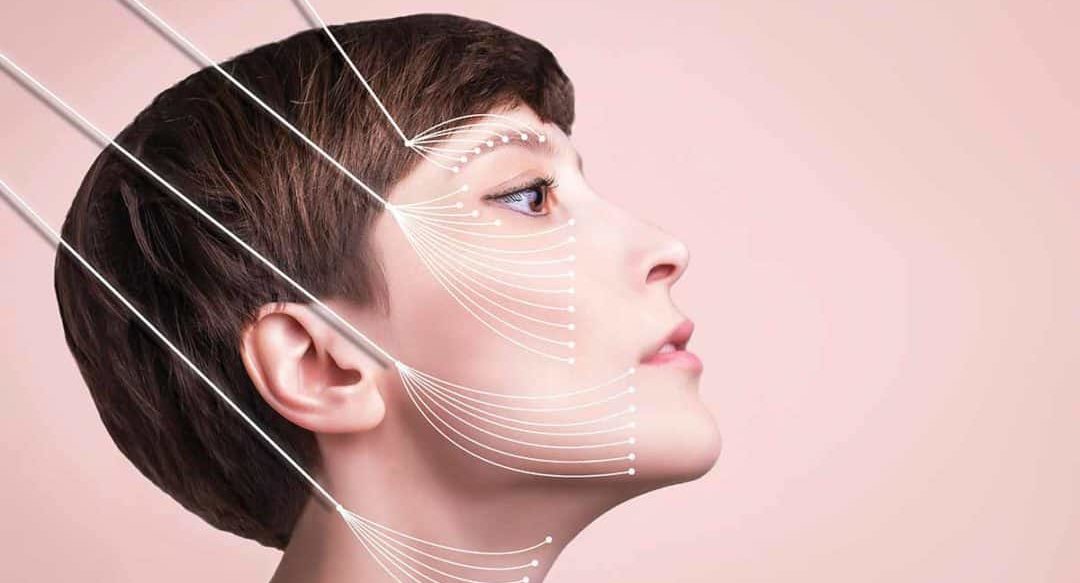

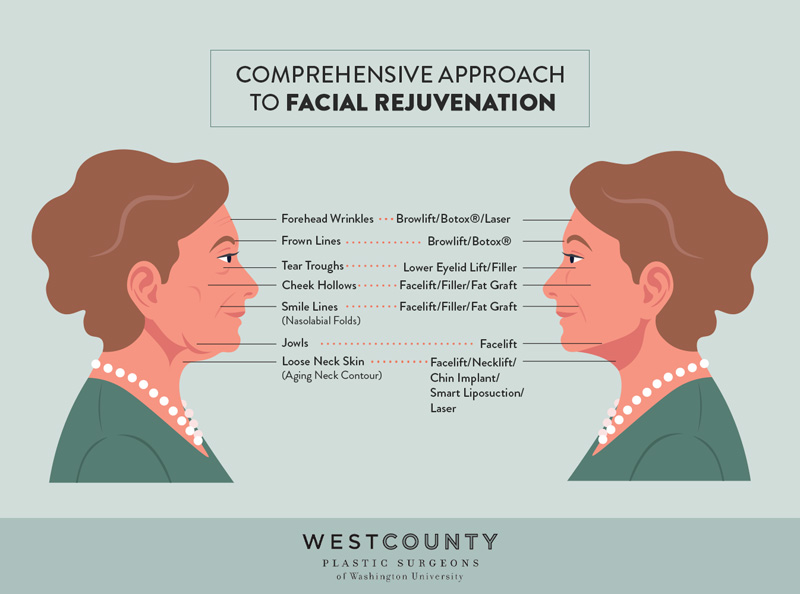
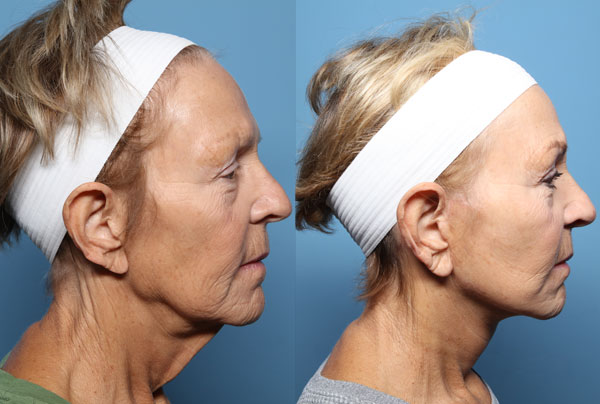
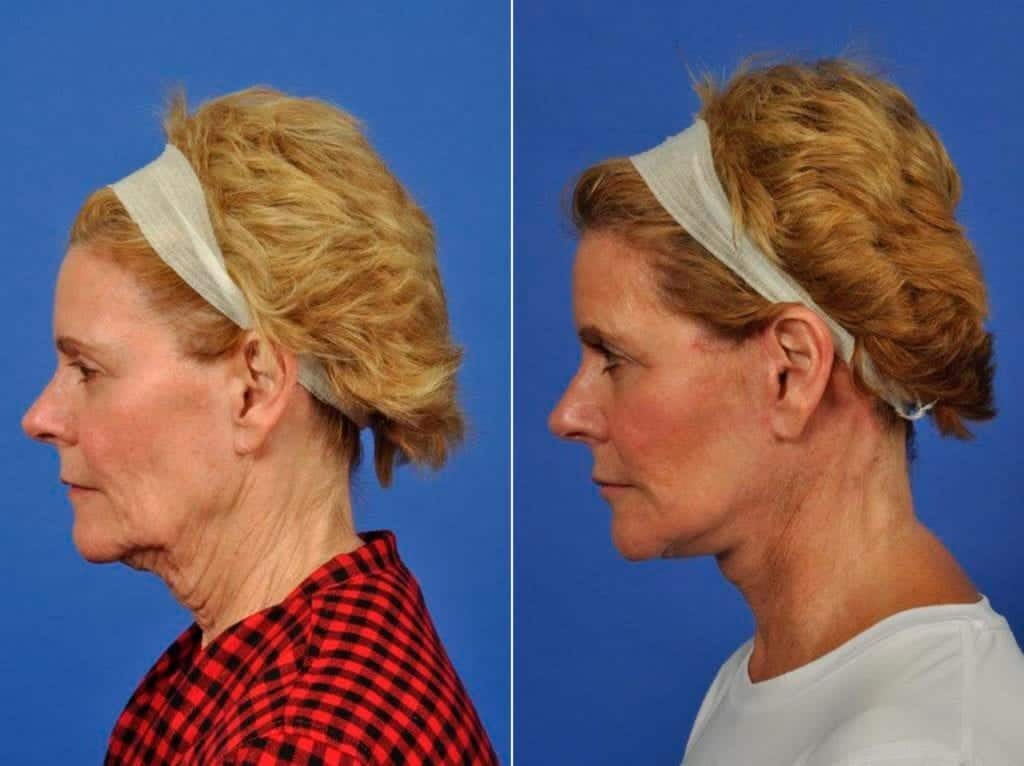

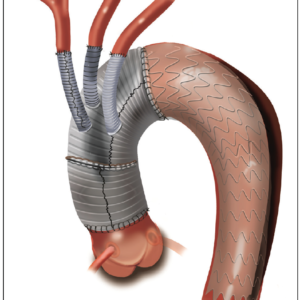

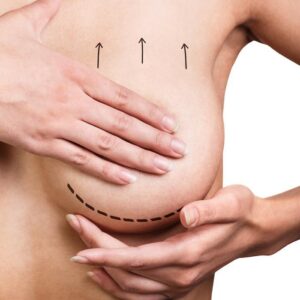
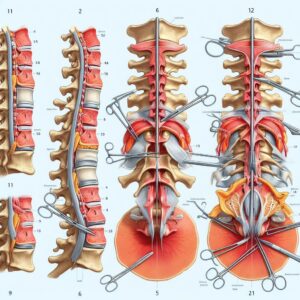

Reviews
There are no reviews yet.